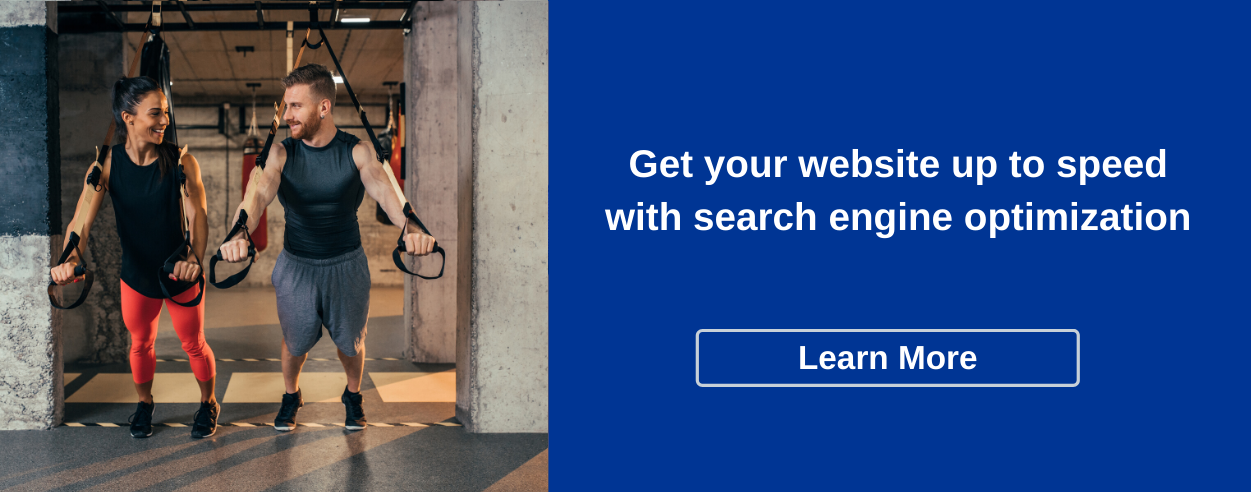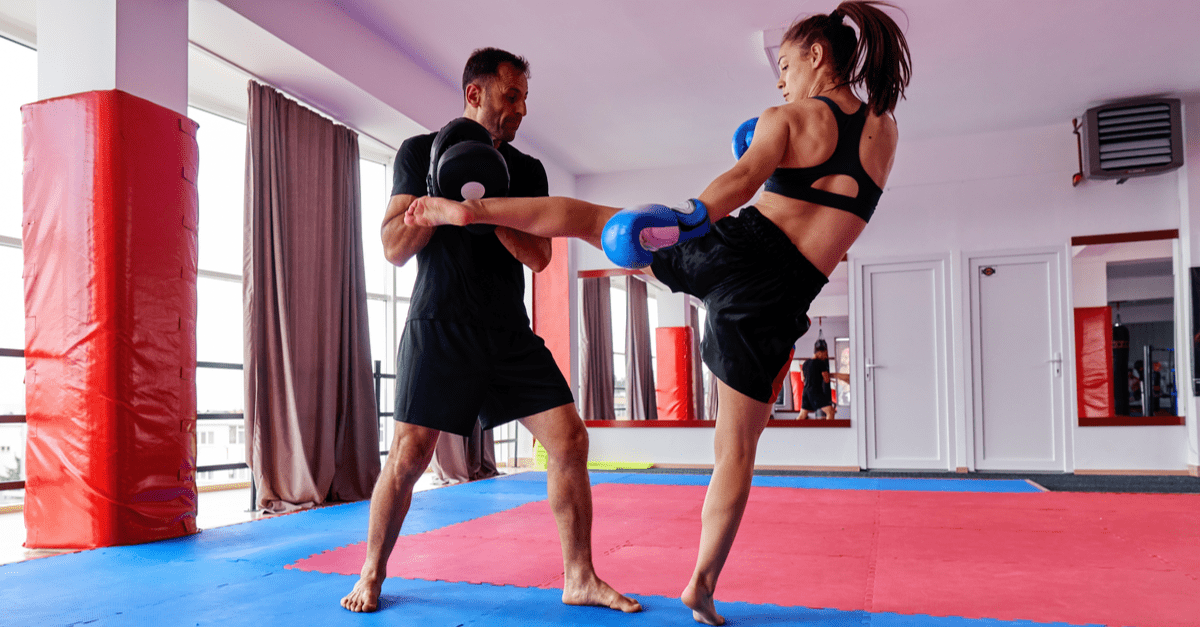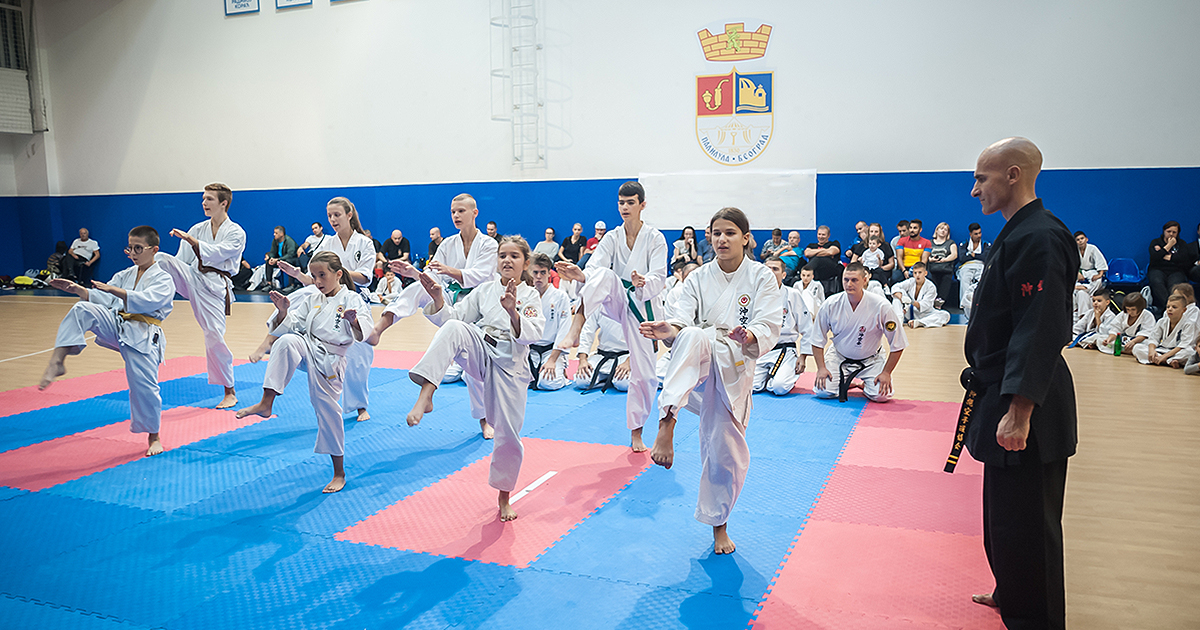SEO Best Practices For Martial Arts School Owners
As a martial arts school owner, you're always looking for new, innovative ways to market yourself and your services. You likely have a set budget allocated to marketing, but what if we told you there was a way to heighten your visibility without spending hundreds of dollars directly out of pocket?
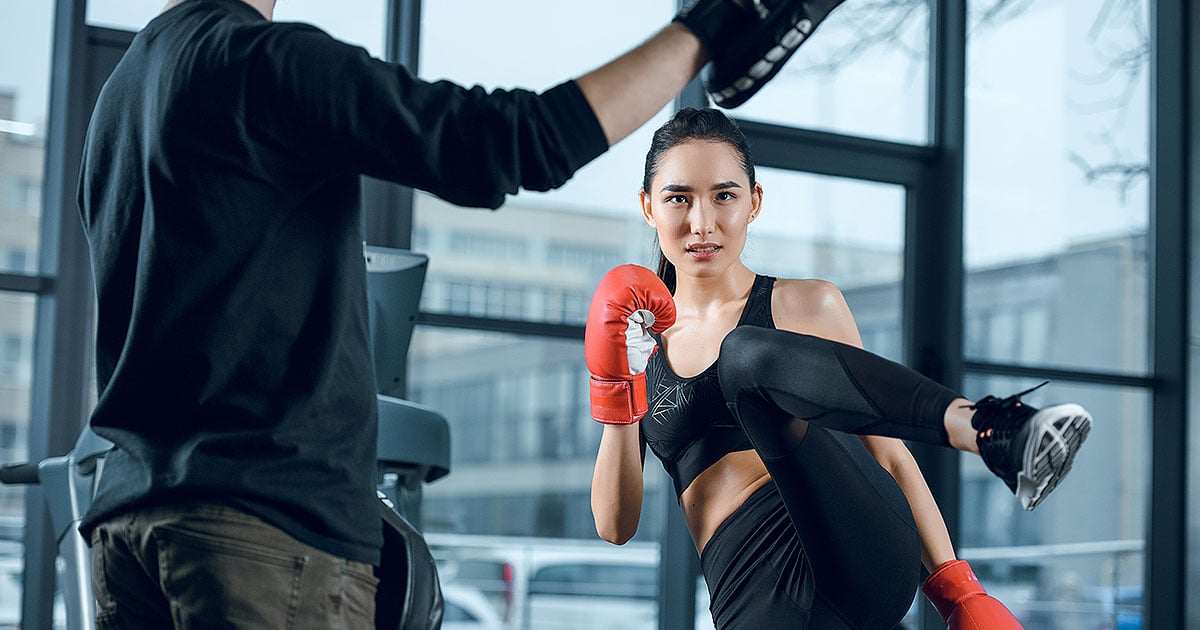
What Is Search Engine Optimization?
Search Engine Optimization, or commonly known as SEO, is the practice of changing or updating your website content to make it easier for search engines to find and rank your content for each individual keyword. SEO is always evolving as search engine algorithms change, so it is an art that requires consistent attention to detail to get right. But once it works, it pays off in organic search traffic to your website.
How Does SEO Work?
Search engines rank the content that most searchers find valuable the highest. How does it determine this? By assessing which content users click on first, and stay on the longest. This tells each search engine that the content is worth ranking higher up, and makes it more visible to searchers. There are a few essential components that contribute to your webpages' overall SEO score, and understanding how each of them works will help you achieve that top-of-page spot.
- Keywords
- Headings
- Text length
- Images
- Links
Let's dive into the purpose of each of these SEO tactics for martial arts schools.
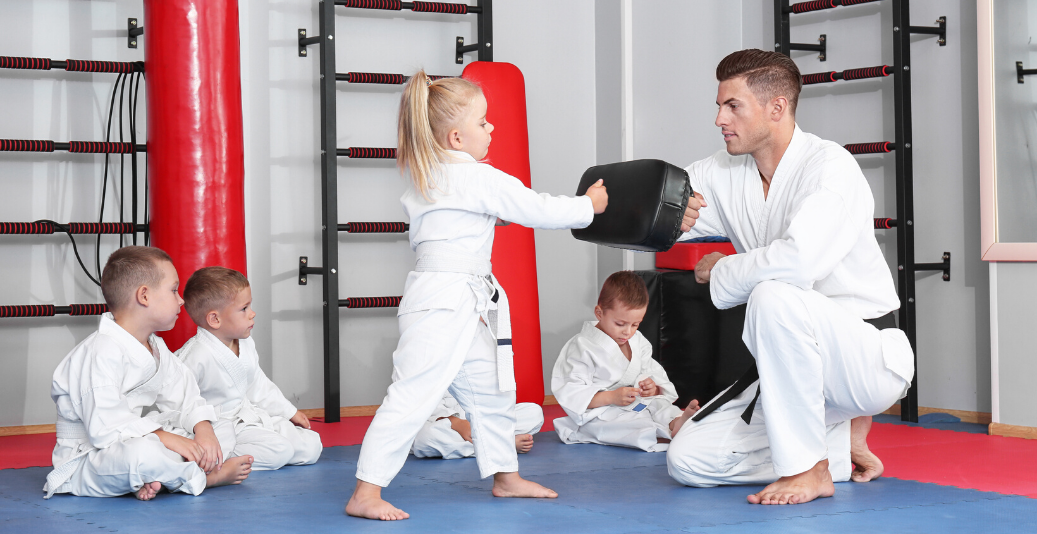
Keywords: Target Your Messaging
The keywords you choose for your content are the fundamental piece of your SEO strategy. When used to their fullest potential, keywords will help searchers asking questions find the answers they are looking for. Here are the best practices for keywords:
- Avoid using keywords that are too broad, or too specific. The ideal keyword for your content is one that is specific enough to not compete with tons of other webpages, but also one that is broad enough that you know enough people are searching for it.
- Designate your broad keywords to fundamental landing pages on your website. Then, use the more specific landing pages on blogs and articles. Don't forget to link back to those important pages—more on that later!
- Use the keyword in specific areas of the page. This includes the URL, headings, image alt text, and throughout the page wherever applicable. Don't use it repeatedly or needlessly, this is considered keyword stuffing by search engines and can actually harm your SEO score.
Headings: Map Out Your Content
Headings are the stylized titles that introduce pages and paragraphs. There are six different kinds of headings, and they are denoted with an HTMl <H1> through <H6> tag. H1 is the highest heading, and H6 is the lowest. Headings help organize the page, and help search engines navigate your content with ease. Here are the best practices for headings:
- Put your keyword at least in the H1 tag. The H1 tag is the first one that search engines, read, and should be at the top of the page. If you need to, you can ask your web developer to make sure this is done on each page.
- Use related keywords in other headings. This will help search engines suggest your content for other searchers which are still closely related to your keywords. Doing this will help the likelihood your content is seen and clicked on, as searchers may not use your keyword to seek the information they need.
- Use a variety of heading tags. Using headings to sort out your content will help make it easier for users to read, and keep them on the page for longer.
Text Length: Keep Readers On The Page For Longer
Next, text length is important for a variety of reasons. One, longer text allows for more opportunities to use your keywords. Two, it allows your readers to spend more time on the page, instead of bouncing off right away. This is an important part of keeping your SEO score healthy. Here are the best practices for text length:
- Write at least 300 words for blogs, and at least 750 words for landing pages. Avoid creating pages solely for visual content without at least 300 words.
- Use your keyword in each paragraph, if possible. If it's not natural to include it, use an adjacent keyword that someone else might look up.
- Avoid writing paragraphs that go on too long. Break up and space out your content to make it easier for readers to scan if needed.
Images: Complement Your Content With Visuals
You may think images on webpages solely exist to make the page look nicer, but that couldn't be further from the truth. Images are a valuable part of your martial arts SEO strategy. Here are the best practices for images:
- Use your keyword in the file name. Google image search is also another big way to use SEO in your marketing plan. Create infographics and informative images to use with your keyword, as they will come up in Google image search when users search for that time.
- Write your keyword in the alt text. This is one of the biggest uses of SEO regarding images. It is another area where your keyword can appear on the page, and thus be more likely to be rank higher on search engines.
- Use high-quality, high-resolution images. The images on your website should be nice looking, scale easily on mobile, and most of all, be free to use. Don't use images you don't have explicit permission to use.
Links: Connect all the dots
Finally, linking is one of the unsung heroes of SEO for your martial arts school. It is incredibly effective at telling search engines which pieces of content are connected. Here are the best practices for linking:
- Backlink to websites with authority. See which websites are ranking well in your industry, and ask them if they are interested in partnering with you to link back to your website, and be willing to offer something such as writing content in return.
- Use contextual linking between pages. Contextual linking means adding what the page is about specifically to the link text. This helps tell search engines what this page is about.
- Write the keyword in the link. To help the individual page succeed in SEO, use the keyword in relevant links on the page.
